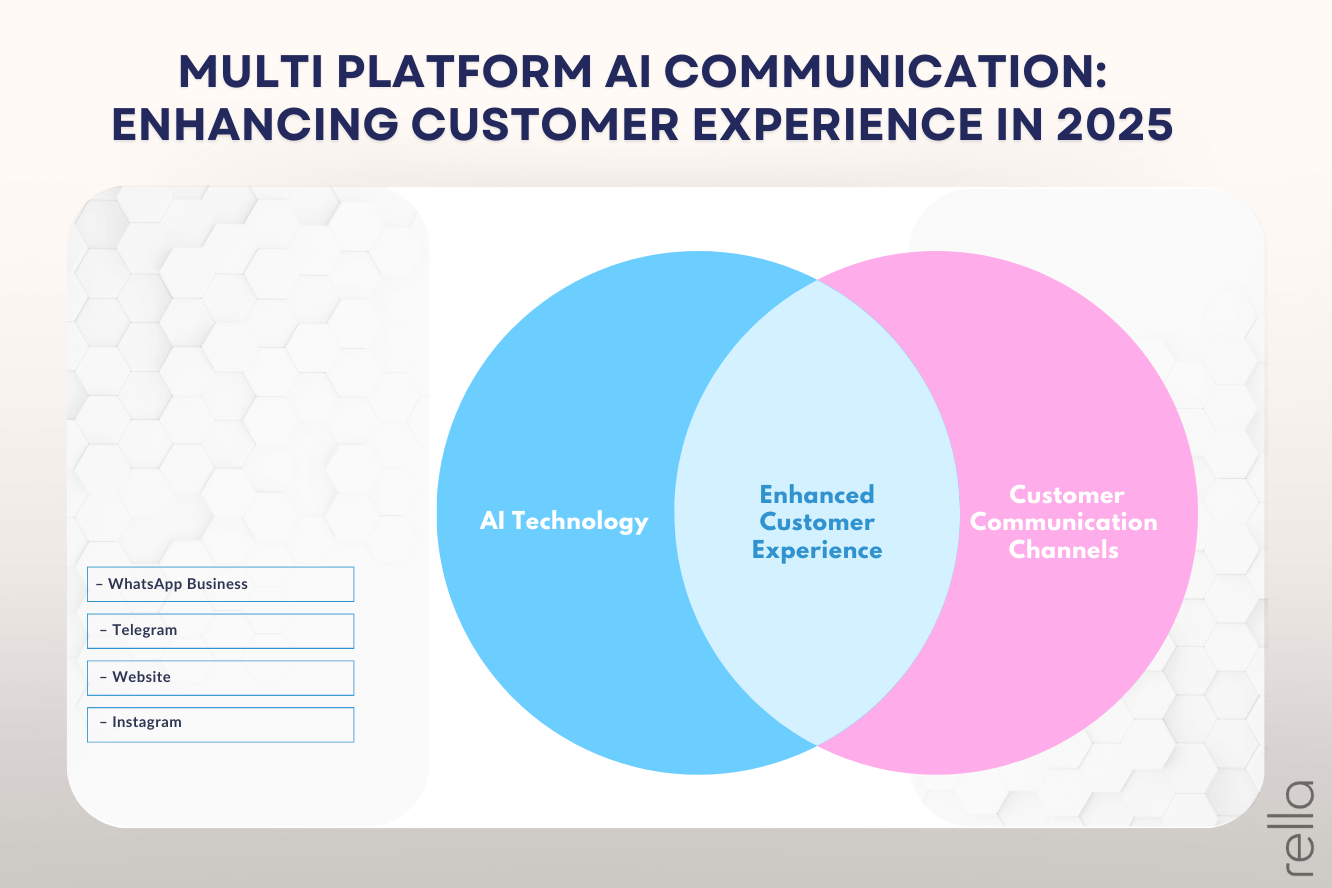Why Smart Tools Matter
Smart tools are software solutions that enhance business operations by automating repetitive tasks, improving communication, and providing real time insights. In business communication, these tools help organizations manage internal collaboration, customer interactions, and workflow processes more efficiently. By integrating features such as automated messaging, AI-powered analytics, and unified communication channels, smart tools allow teams to focus on high value tasks rather than manual coordination.
Key Benefits for Teams and Customers
- Improved Team Productivity: Teams can collaborate seamlessly across departments and locations, ensuring that information flows accurately and tasks are completed on time.
- Enhanced Customer Experience: Customers benefit from faster response times, consistent messaging, and more personalized interactions.
- Error Reduction: Automation minimizes mistakes in communication and follow-ups, improving overall efficiency.
Examples of Smart Communication Tools
Some widely used tools that have transformed business communication include:
- Zoom: Video conferencing and virtual collaboration.
- Microsoft Teams: Integrated messaging, file sharing, and project management.
- Grammarly: AI-powered writing assistance for clearer and more professional communication.
- Timo AI: A unique platform designed to automate customer communication, manage messages and inquiries efficiently, and provide actionable insights through a user-friendly dashboard. Integrating Timo AI into daily workflows helps organizations reduce response times, enhance customer satisfaction, and streamline communication processes.
Using a combination of global tools and specialized platforms like Timo AI demonstrates the importance of adopting smart solutions for efficient and scalable business communication in 2025 and beyond.
Top Smart Tools for Business Communication
In 2025, businesses have a wide range of smart tools available to optimize communication and collaboration. Choosing the right tools can significantly improve workflow efficiency, team productivity, and customer satisfaction. The following are some of the top smart communication tools widely used in modern organizations:
1. Zoom Virtual Agent
- Purpose: Automates scheduling, follow-ups, and meeting management.
- Features: AI powered assistant for organizing virtual meetings, sending reminders, and handling common queries.
- Benefit: Reduces administrative workload and ensures smoother team collaboration.
2. Microsoft Teams
- Purpose: Unified communication and collaboration platform.
- Features: Messaging, file sharing, project management, video conferencing, and integrations with other business applications.
- Benefit: Centralizes team communication and improves productivity for both remote and in office teams.
3. Grammarly AI Agents
- Purpose: Enhances written communication quality.
- Features: AI driven grammar correction, tone suggestions, clarity improvements, and context-aware writing feedback.
- Benefit: Ensures professional, clear, and effective communication in emails, reports, and messages.
4. Timo AI
- Purpose: Automated business communication and customer management.
- Features:
- Automated messaging and follow-ups
- Integration with multiple channels including Timo website, WhatsApp Business, Telegram and Instagram.
- Dashboard for tracking conversations and analytics
- Benefit: Reduces response times, increases customer satisfaction, and streamlines communication workflows. Timo AI is particularly useful for organizations looking to implement AI driven communication solutions alongside other global platforms.
By combining these smart tools, businesses can create a seamless communication ecosystem that supports both internal team collaboration and external customer interactions. Implementing these solutions effectively allows companies to stay competitive, adapt to evolving business needs, and enhance overall operational efficiency.
How to Implement Smart Tools in Your Business
Successfully integrating smart tools into your business communication requires careful planning and execution. The following steps outline how organizations can implement these solutions effectively.
1. Choose the Right Tools
- Evaluate your business needs and communication challenges before selecting a platform.
- Compare features, ease of use, and compatibility with existing workflows.
- Consider both global solutions like Zoom, Microsoft Teams, and Grammarly, as well as specialized platforms such as Timo AI that offer automation for customer communication.
2. Train Your Team and Ensure Scalability
- Provide comprehensive training to employees to ensure they understand how to use the tools effectively.
- Encourage adoption by demonstrating how smart tools simplify tasks and improve productivity.
- Plan for scalability, ensuring the tools can support team growth and increased communication volume over time.
3. Integrate with Existing Systems
- Connect smart communication tools with your current CRM, project management, or customer support platforms.
- Ensure that workflows are seamless and data can be shared across different tools without manual intervention.
- Integration reduces redundancy, minimizes errors, and ensures consistency across communication channels.
4. Key Tips for Successful Implementation
- Start with a pilot program to test the tools with a smaller team before full deployment.
- Collect feedback and monitor performance metrics to measure effectiveness.
- Continuously update and optimize tool usage based on team needs and evolving business goals.
- Promote a culture of collaboration and adaptability to ensure maximum adoption.
Implementing smart tools strategically allows businesses to streamline communication, improve team productivity, and deliver a better customer experience. Platforms like Timo AI, combined with global tools, provide a flexible and scalable solution for modern business communication needs.
The Future of Business Communication
Smart tools are transforming the way businesses communicate, both internally and externally. By leveraging AI-powered platforms, automated solutions, and integrated communication systems, organizations can improve productivity, reduce errors, and enhance the customer experience. Using tools like Zoom, Microsoft Teams, Grammarly, and Timo AI ensures that communication is seamless, efficient, and adaptable to the demands of 2025 and beyond. Businesses that embrace these solutions are better positioned to stay competitive, foster collaboration, and maintain a connected work environment that supports both employees and customers.





